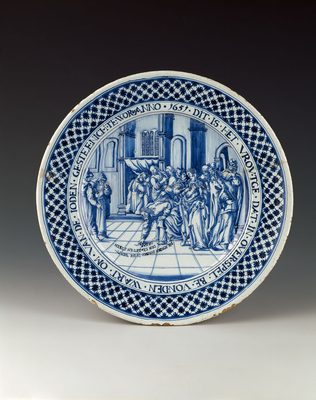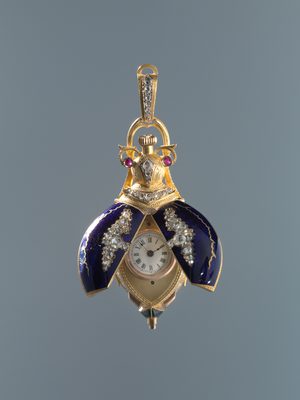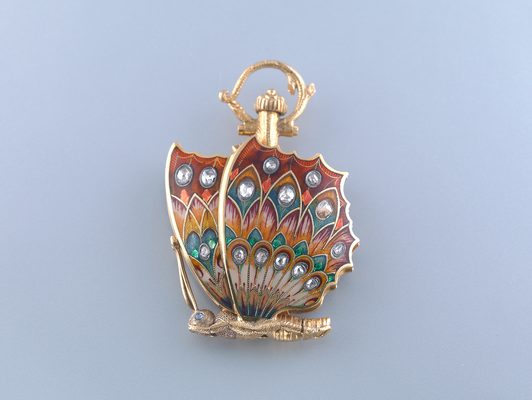Sophia de Bruijn
Sophia Adriana Lopez Suasso-de Bruijn (1816-1890)
Sophia Lopez Suasso-de Bruijn (1816-1890) was a wealthy Amsterdam collector. When she died, she left her possessions to the city of Amsterdam: a large collection of seventeenth- and eighteenth-century plates from China and Europe, as well as thousands of garments, paintings, watches and jewellery, furniture and books. Her residence, part of the bequest, was intended to be a museum. However, this turned out to be far too small and a fire hazard. The collection was therefore given a place in the Stedelijk Museum. On the ground floor, 3,900 objects were displayed in eleven period rooms. Today, the collection and period rooms are housed at the Amsterdam Museum.
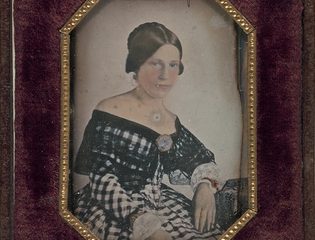
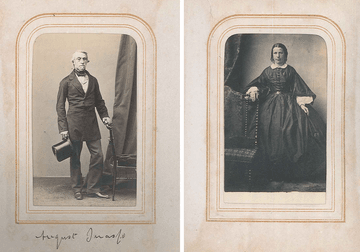
Sophia married jonkheer Augustus Pieter Lopez Suasso (1804-1877), a descendant of the Portuguese-Jewish Lopes Suasso family, on 7 April 1860 in Amsterdam. Sophia was Dutch Reformed. Sophia came from a South Dutch family that had lost prestige during the French rule. The late marriage, while the couple had probably known each other since 1841, took place after the death of Augustus' father Diégo. Augustus became Roman Catholic at the time of the marriage. It is thought that Diégo opposed the marriage. The couple remained childless and travelled extensively. After the death of her husband, Sophia was named dowager as the widow of a squire.
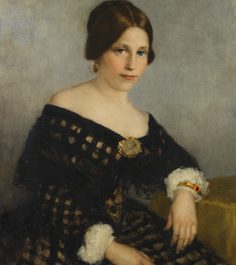
Collecting was in the couple's blood. Augustus mainly collected Dutch coins. Sophia Adriana collected miniature silverware, watches, costumes and even bought the complete contents of Museum Broekerhuis, a museum on Amstelveenseweg that displayed the inventory of a house in Broek in Waterland.
In her will, Sophia had stipulated that she donated her house on the Kloveniersburgwal, collection and contents to the city of Amsterdam with the condition that there would be a museum for her collection. The city accepted the bequest. As the house on the Kloveniersburgwal was not suitable as a museum, the city built a new museum building on the Van Baerlestraat: the Stedelijk Museum, also known as the Suasso Museum at the time.
The collection is kept at the Amsterdam Museum.
Therese Schwartze painted this portrait of Sophia de Bruijn in 1890. She based this portrait on a photograph from 1860.
Collection Sophia Lopez Suasso-De Bruijn in the Amsterdam Museum
01
08
Swipe to discover


